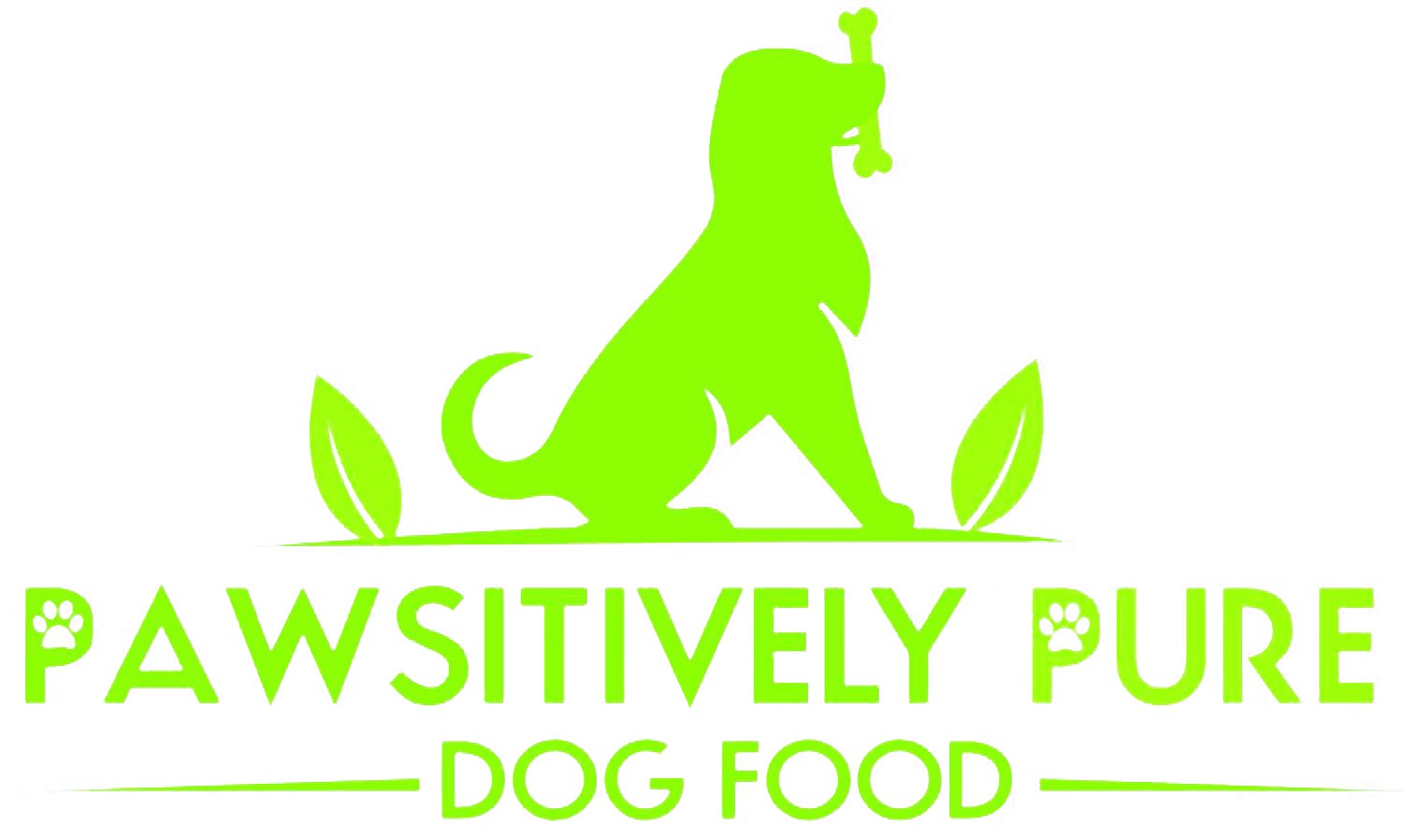From Start to Finish, Techs Make Your Vet Appointments Smooth and Easy
Remember the last time you took your dog to the vet? You were probably greeted by a vet tech at the front door who helped you lead your dog onto the scale and checked you in for your appointment. You may not have realized it, but that same vet tech played a huge part in ensuring your dog’s appointment was easy and successful.
Just like nurses do at a typical doctor appointment, vet techs take on a lot of responsibilities both in front of the patients and behind the scenes. According to VetStreet.com, “It’s easier to list what they can’t do: make diagnoses, perform surgery, or prescribe medication.”
With so many necessary tasks to take care of, you may be surprised to learn that the vet tech position didn’t exist before the 1960s. Previously, veterinary offices, animal hospitals, and zoos relied on average office workers to handle administrative and regular care tasks. As technology developed and the knowledge base of animal healthcare grew, veterinary professionals realized the need for skilled assistance.
Since the 1960s, vet techs have made pet parents’ lives better in so many ways. Be sure to thank your vet tech for all of these things at your next appointment:
Vet techs set the tone for the whole appointment
As we mentioned above, vet techs are the first face you see when you enter your veterinarian’s office, and they’re often the last faces you see when you check out and leave. Having a vet tech who can greet your dog and make them feel comfortable from the start can set the tone for the whole appointment.
Lots of dogs display anxiety at the vet’s office. You can’t blame them: often, we only visit the vet’s office once or twice a year, if that. Your dog isn’t used to those surroundings or the new sounds and smells that come along with them. Having a vet tech who is used to handing anxious dogs can help keep them calm enough to get through their tests and procedures and get back to the treats.
Vet techs can help you with at-home care
Vet techs take care of the technical tasks so that the lead veterinarian can handle diagnoses, procedures, and prescriptions. They’re also your link for questions and tips about at-home care and administration of medications.
Senior dog parents especially know that it can be overwhelming to leave the vet’s office with a handful of new pills and prescriptions. Your vet tech can give you their own tried and true tips for administering medications, even for dogs who try to avoid them. As you develop a working relationship with your vet tech over time, they’ll get to know your dog’s unique needs and quirks so they can help you take better care of them at home.
Vet techs love your animals when you’re not there
Nobody likes leaving their dogs at the vet’s office overnight. For someone like me who works from home with my boy Jackson always at my side, being at home without him there for just a day can seem like an agonizing eternity. Knowing that he is with vet techs who will love and care for him makes things a little easier.
The third week in October is National Vet Tech Appreciation Week, but we think they should be celebrated year-round! If there’s a special place in your heart for your vet techs, leave them a positive review on Google or social media and share the love.






